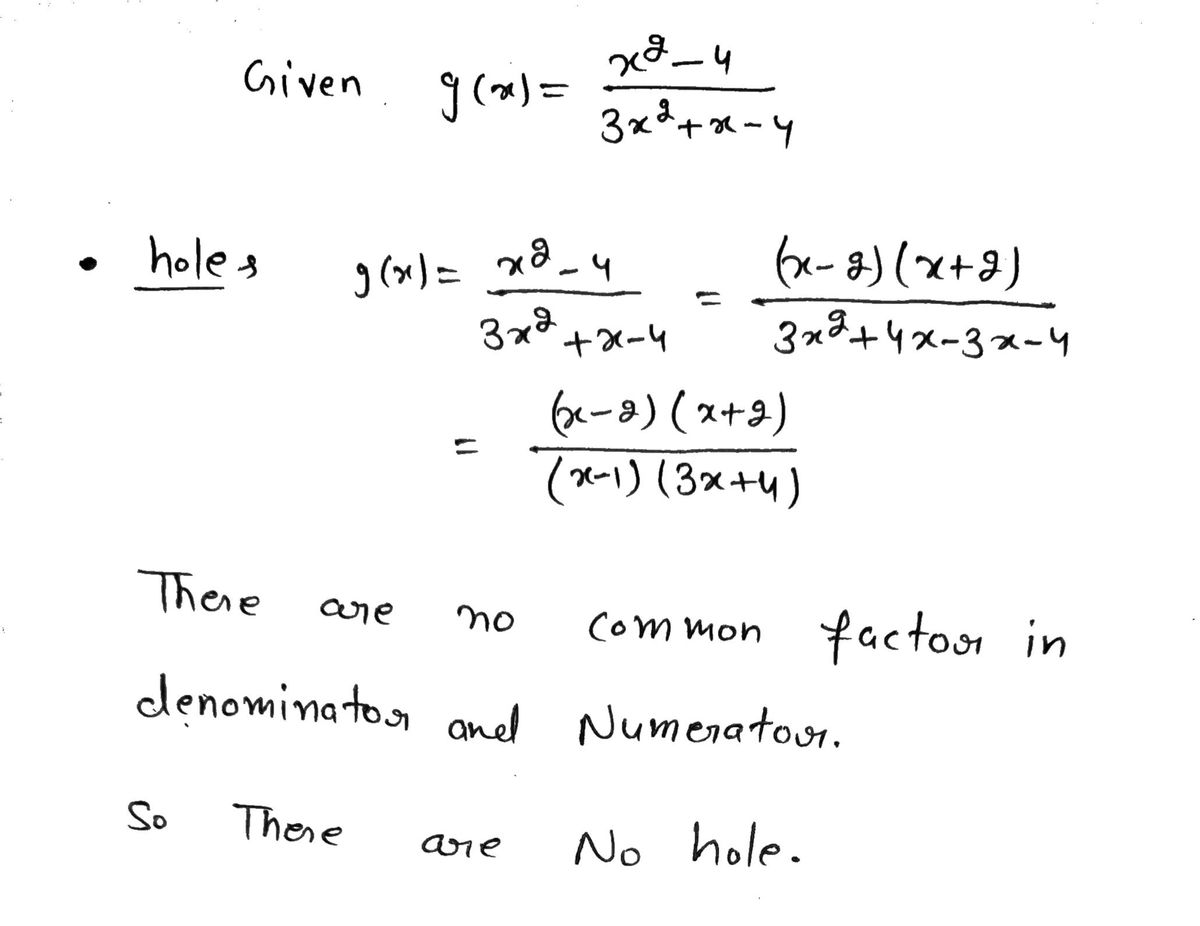Calculus: Early Transcendentals
8th Edition
ISBN:9781285741550
Author:James Stewart
Publisher:James Stewart
Chapter1: Functions And Models
Section: Chapter Questions
Problem 1RCC: (a) What is a function? What are its domain and range? (b) What is the graph of a function? (c) How...
Related questions
Question
![The image contains a series of layered mathematical expressions involving fractions and operations as follows:
1. The main expression is a division:
\[
\frac{9}{6}
\]
2. Underneath this, there is a fraction with the expression:
\[
\frac{5 \frac{2}{3}}{4}
\]
3. The entire setup suggests a complex fraction where one fraction is divided by another:
\[
\frac{\frac{9}{6}}{\frac{5 \frac{2}{3}}{4}}
\]
4. Understanding and solving this requires:
- Simplifying each of the fractions as follows:
- \(\frac{9}{6}\) simplifies to \(\frac{3}{2}\) after dividing by the greatest common divisor.
- Convert \(5 \frac{2}{3}\) to an improper fraction: \(\frac{17}{3}\).
- The division then looks like this:
\[
\frac{\frac{3}{2}}{\frac{17}{3}}
\]
- Apply the rule for dividing fractions (multiply by the reciprocal):
\[
\frac{3}{2} \times \frac{3}{17} = \frac{9}{34}
\]
This calculation showcases an application of dividing fractions and converting mixed numbers to improper fractions for simplification.](/v2/_next/image?url=https%3A%2F%2Fcontent.bartleby.com%2Fqna-images%2Fquestion%2Ffc6a1e0b-5a8c-47c6-88a5-bfd01f5fa11f%2F62a95b1a-644f-4524-a467-d482623b7005%2Ff85fp4_processed.jpeg&w=3840&q=75)
Transcribed Image Text:The image contains a series of layered mathematical expressions involving fractions and operations as follows:
1. The main expression is a division:
\[
\frac{9}{6}
\]
2. Underneath this, there is a fraction with the expression:
\[
\frac{5 \frac{2}{3}}{4}
\]
3. The entire setup suggests a complex fraction where one fraction is divided by another:
\[
\frac{\frac{9}{6}}{\frac{5 \frac{2}{3}}{4}}
\]
4. Understanding and solving this requires:
- Simplifying each of the fractions as follows:
- \(\frac{9}{6}\) simplifies to \(\frac{3}{2}\) after dividing by the greatest common divisor.
- Convert \(5 \frac{2}{3}\) to an improper fraction: \(\frac{17}{3}\).
- The division then looks like this:
\[
\frac{\frac{3}{2}}{\frac{17}{3}}
\]
- Apply the rule for dividing fractions (multiply by the reciprocal):
\[
\frac{3}{2} \times \frac{3}{17} = \frac{9}{34}
\]
This calculation showcases an application of dividing fractions and converting mixed numbers to improper fractions for simplification.

Transcribed Image Text:**Instructions for Sketching a Rational Function**
When sketching a rational function, ensure to highlight the following key points and features:
- **Hole**: Identify any point where the function is undefined due to a factor canceling out in both the numerator and denominator.
- **Vertical Asymptote(s)**: Determine the values of \(x\) where the denominator equals zero, and there is no cancellation with the numerator, indicating an approach to infinity or negative infinity.
- **Horizontal Asymptote or Slant Asymptote**:
- **Horizontal Asymptote**: Analyze the degrees of the numerator and denominator. If they are equal, the horizontal asymptote is \(y =\) (leading coefficient of the numerator)/(leading coefficient of the denominator). If the degree of the numerator is less, the asymptote is \(y = 0\).
- **Slant Asymptote**: Occurs when the degree of the numerator is exactly one greater than the degree of the denominator. Use polynomial division to find it.
- **x-intercept(s)**: Set the numerator equal to zero and solve for \(x\).
- **y-intercept(s)**: Calculate the value of the function when \(x = 0\).
Expert Solution
Step 1

Step by step
Solved in 3 steps with 3 images

Recommended textbooks for you

Calculus: Early Transcendentals
Calculus
ISBN:
9781285741550
Author:
James Stewart
Publisher:
Cengage Learning

Thomas' Calculus (14th Edition)
Calculus
ISBN:
9780134438986
Author:
Joel R. Hass, Christopher E. Heil, Maurice D. Weir
Publisher:
PEARSON

Calculus: Early Transcendentals (3rd Edition)
Calculus
ISBN:
9780134763644
Author:
William L. Briggs, Lyle Cochran, Bernard Gillett, Eric Schulz
Publisher:
PEARSON

Calculus: Early Transcendentals
Calculus
ISBN:
9781285741550
Author:
James Stewart
Publisher:
Cengage Learning

Thomas' Calculus (14th Edition)
Calculus
ISBN:
9780134438986
Author:
Joel R. Hass, Christopher E. Heil, Maurice D. Weir
Publisher:
PEARSON

Calculus: Early Transcendentals (3rd Edition)
Calculus
ISBN:
9780134763644
Author:
William L. Briggs, Lyle Cochran, Bernard Gillett, Eric Schulz
Publisher:
PEARSON

Calculus: Early Transcendentals
Calculus
ISBN:
9781319050740
Author:
Jon Rogawski, Colin Adams, Robert Franzosa
Publisher:
W. H. Freeman


Calculus: Early Transcendental Functions
Calculus
ISBN:
9781337552516
Author:
Ron Larson, Bruce H. Edwards
Publisher:
Cengage Learning